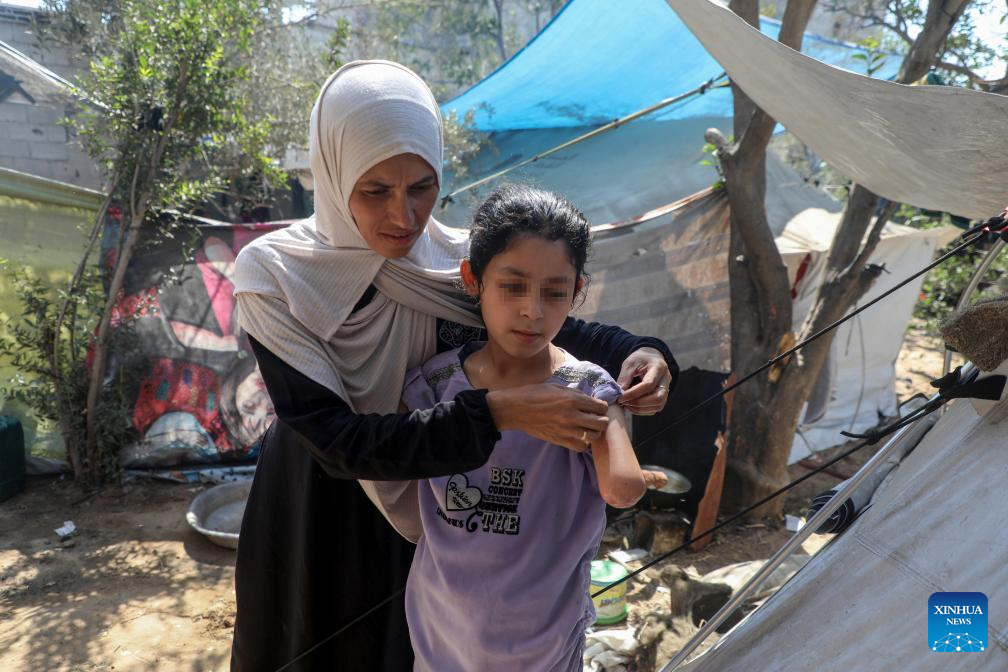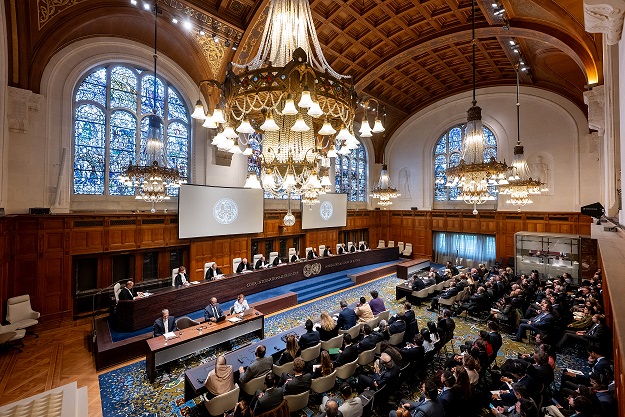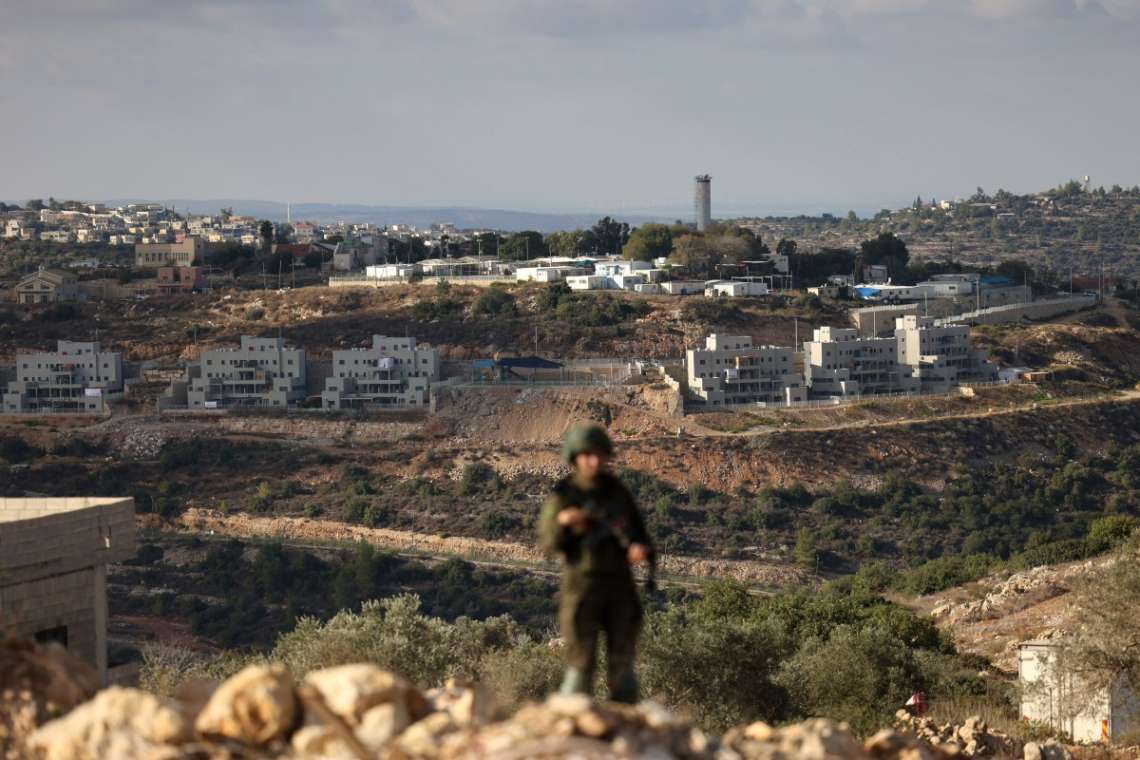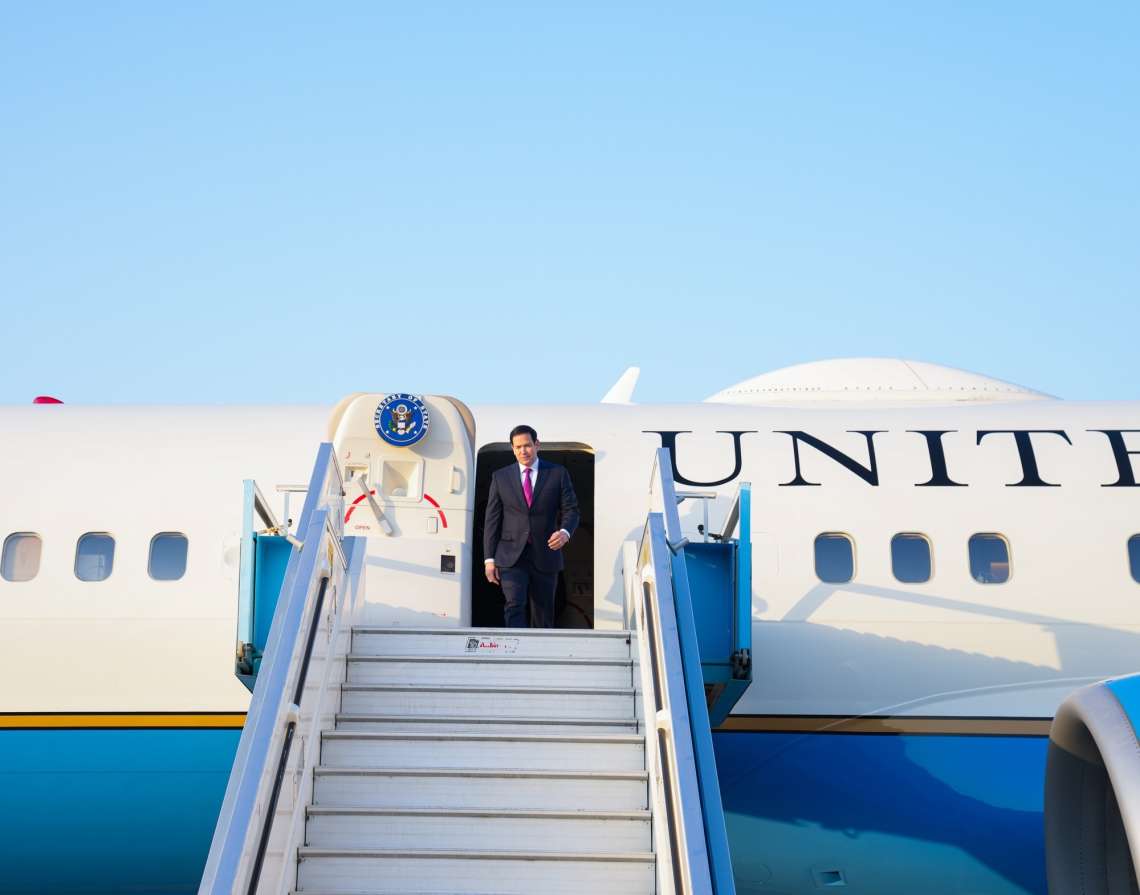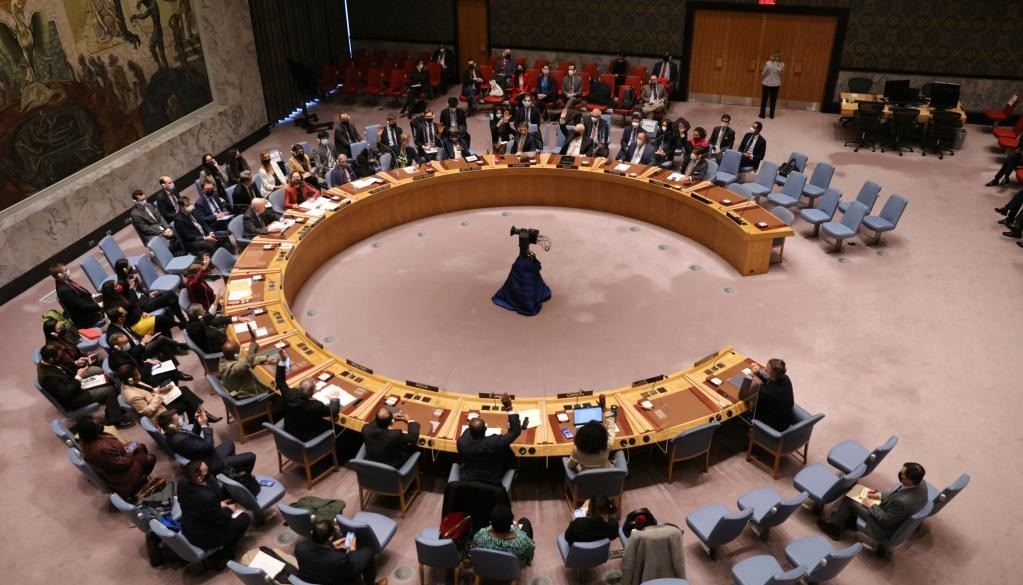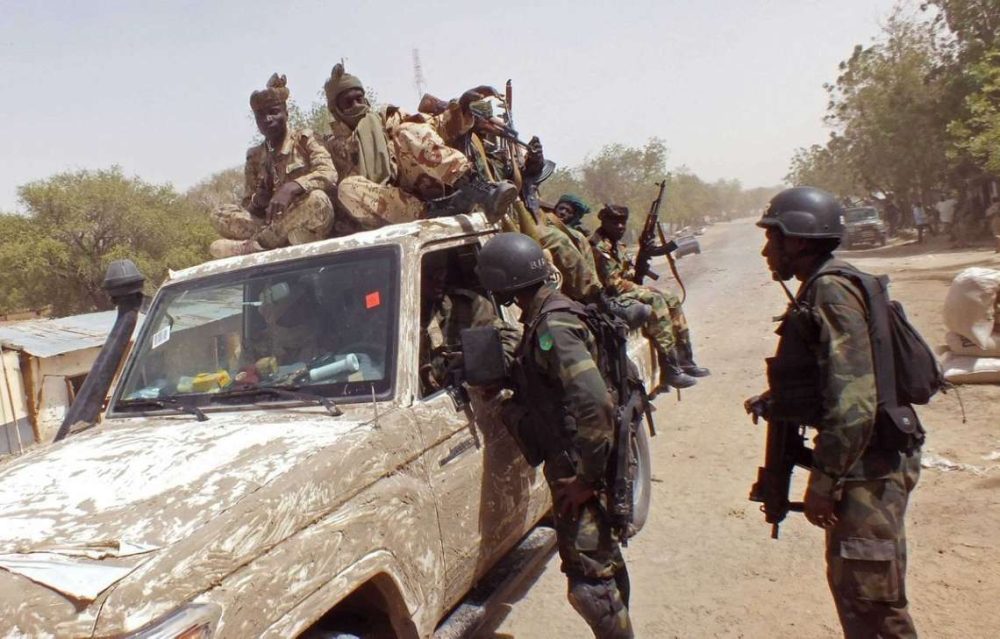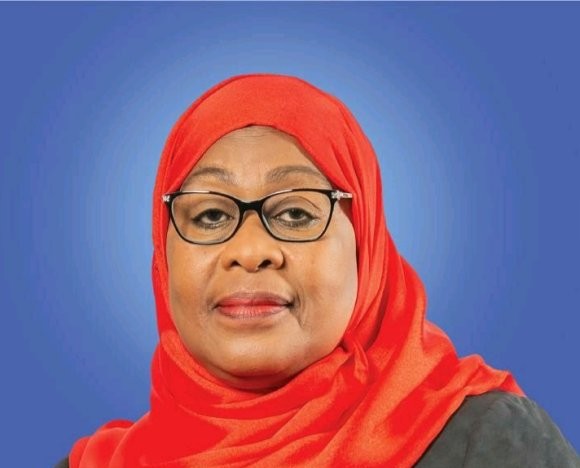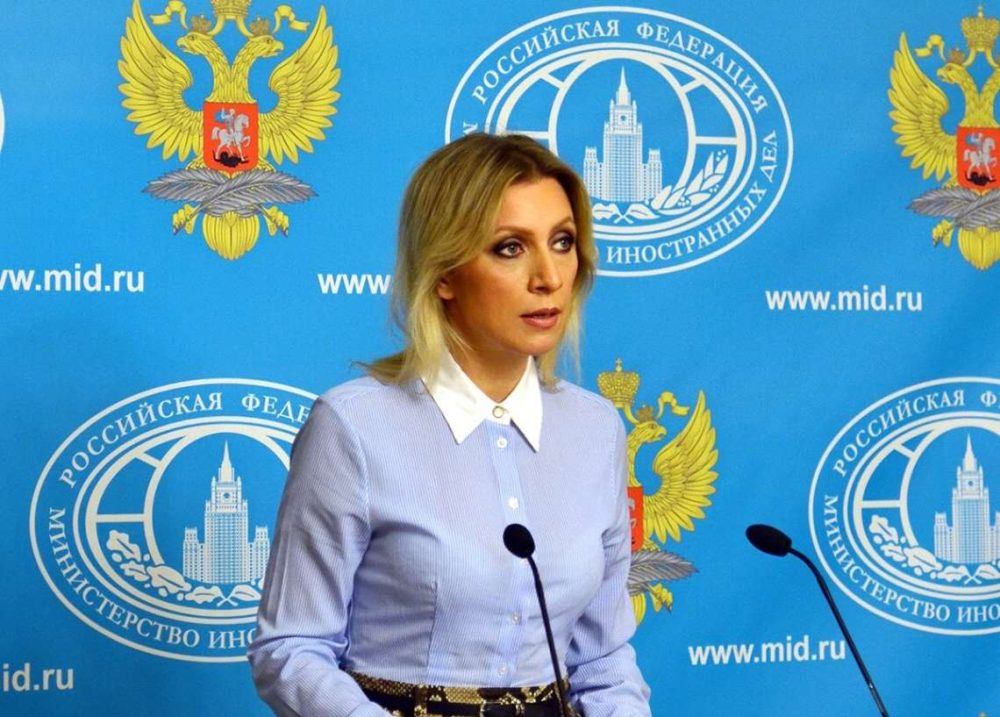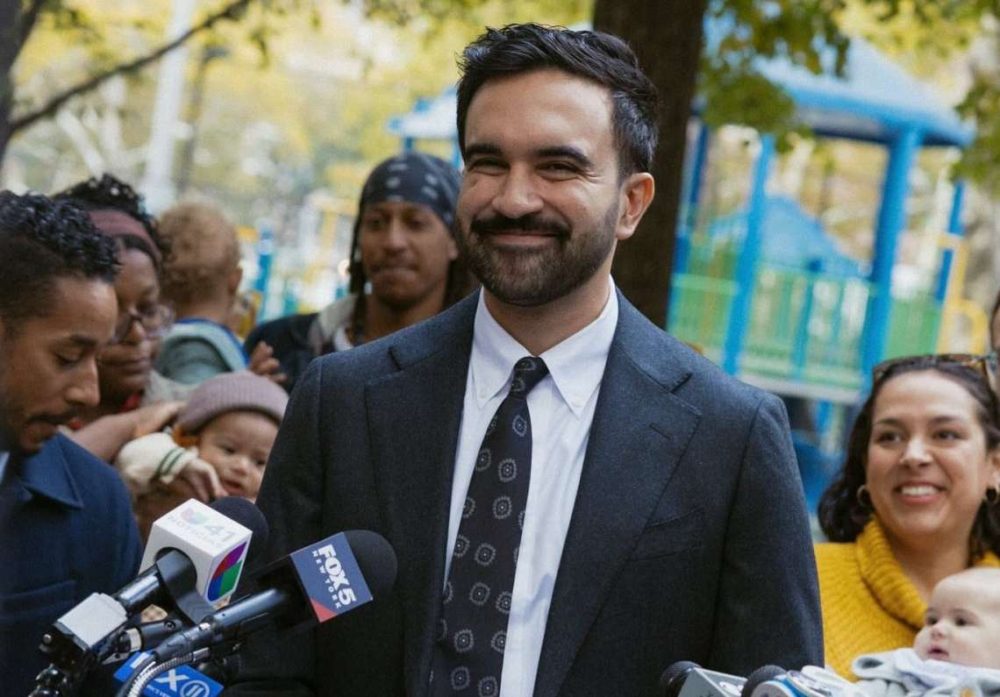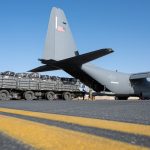Gaza’s young amputees struggle to heal amid war, medical collapse
On the dusty floor of a makeshift tent in the Sheikh Radwan neighborhood of Gaza City, 10-year-old Sara al-Borsh clutches a pen between her toes, carefully sketching a butterfly on the back of a recycled notebook page.
Just months ago, she was drawing with her hands, dreaming of becoming a pediatrician. But an Israeli airstrike in October 2024 shattered those dreams, along with her arms and her father’s life.
“I fainted after the explosion, and when I woke up, I couldn’t find my hands,” she recalled to Xinhua.
Now armless, Sara has adapted to using her feet for everything: writing, drawing, even messaging her teachers on WhatsApp to keep up with lessons.
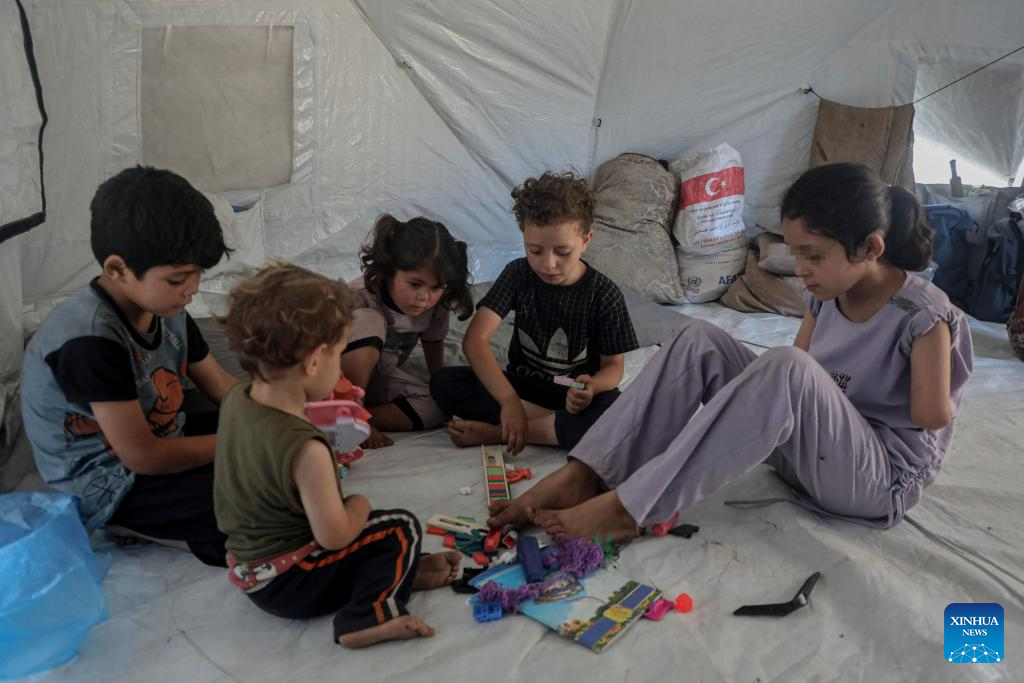
“She used to be completely independent. Now, she requires assistance with the most basic tasks, such as eating, dressing, and moving. But her spirit is strong,” Amani al-Barsh, Sara’s mother, told Xinhua.
According to Amani, Sara experienced a period of emotional withdrawal and sadness after her injury. “She was ashamed of people’s stares. But we stood by her, and now she is slowly adapting and gaining confidence again,” the mother said.
Each day, Sara devotes time to improving her skills with her feet, including writing in Arabic, drawing birds and flowers, and completing her schoolwork. She has also found a new dream.
“I want to become a doctor who helps children like me get artificial limbs.”
Her resilience is matched only by the harshness of her surroundings, overcrowded tents, sweltering heat, and a devastated health system that offers little hope for prosthetic care.
Sara is one of hundreds of children in Gaza who have lost limbs during the ongoing Israeli military campaign that began in October 2023.
According to the Gaza-based health authorities, more than 136,000 people have been injured in the conflict, many of them children with life-changing disabilities.
Overall, in the Gaza Strip, the number of amputees in need of prosthetic services has surged to 6,000 people, comprising 4,000 new and 2,000 pre-existing cases, according to an update released by the United Nations on June 18.
Gaza’s hospitals, already reeling from years of blockade, cannot meet the demands for specialized prosthetics and long-term rehabilitation.
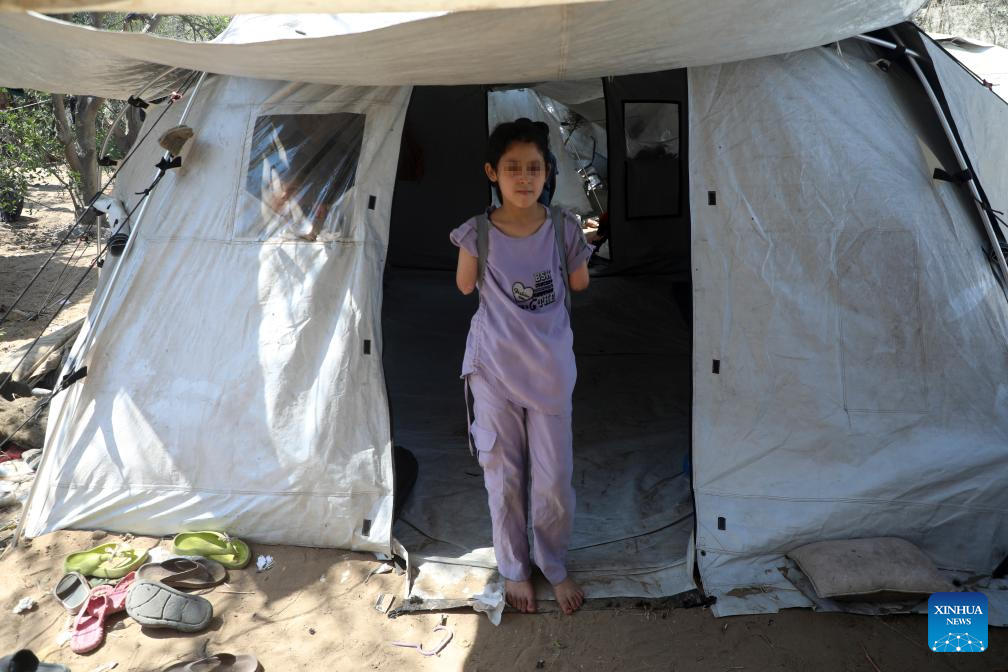
In the Jabalia refugee camp, 13-year-old Omar al-Najjar sits quietly on a plastic chair, staring at the stump where his right leg used to be.
An airstrike hit his school while he and dozens of children were sheltering there. His best friend was killed instantly. Omar survived but had to undergo a life-saving amputation below the knee.
“He used to be one of the most active boys in the neighborhood… Now he cries when he sees kids playing football,” Marwa, Omer’s mother, told Xinhua, tears welling in her eyes.
What makes Omar’s situation even harder is that he is the eldest of five siblings. His father, a street vendor, was also injured and can no longer work. The family now relies on aid from relief organisations to survive.
Yet, despite his injury, Omar insists on completing his schoolwork online. “I don’t want to fall behind,” he said. “If I can’t be a footballer anymore, maybe I can be a journalist and tell the world what’s happening to us.”
To help himself walk again, Omar built a makeshift crutch from salvaged wood. He watches online videos about prosthetic legs and physical therapy.
“He practices balance using just one leg,” his mother said. “He falls a lot, but he always gets back up.”
In southern Gaza, near Khan Younis, 11-year-old Marah Abu Taha is adjusting to life without sight. During an airstrike that flattened her family’s home in early December 2024, she was buried under rubble for hours.
By the time she was rescued, she had not only lost her legs and right arm, but also her vision.
Once a top student with a passion for poetry, Marah used to recite verses about nature. Now, her poems speak of fear, loss, and hope. Her mother, Fatima, told Xinhua as she gently guided Marah through the narrow alleys of their displacement site.
Doctors and human rights organizations repeatedly warned that the medical system is on the verge of collapse.
“There are hundreds of cases requiring prosthetics, mobility training, trauma counseling, and follow-up surgeries, but we lack even the basics such as electricity, clean water, and antibiotics, let alone specialized rehabilitation,” Munir al-Bursh, director general of the Gaza-based health authorities, said.


